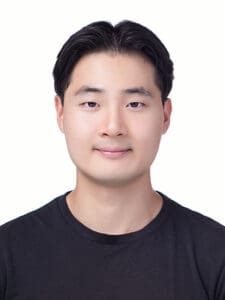Since 2022 during my PhD days, I have had a close collaboration with the Netflix experimentation team. In particular, given the rise of A/B testing, Netflix needed a new statistical method that allowed them to terminate experiments earlier, i.e., run many experiments faster and better. In my recent papers, where I worked directly with Netflix researchers, we developed a method that allowed Netflix to stop experiments much earlier while still learning the same effect. For example, if Netflix used our new method, then they could stop an experiment that lasted for 2 months as early as 2 days while still learning the same effect. Furthermore, in the same example, Netflix lost about 1 million USD from running a 2 month-long experiment. However, with our method, Netflix would only lose 60,000 USD by stopping much earlier. Because of this money-saving risk-mitigation potential, this research is actually currently implemented in Netflix's experimentation infrastructure and used everyday to save Netflix thousands of dollars. Furthermore, I spent my actual summer internship implementing this method and to this day I still consult and work with Netflix on interesting statistical research problems.
I have always been passionate about statistics (leading to my PhD in it) combined with my passion in teaching and research (leading to eventually a professor). However, one may still wonder why I did not end up in a statistics department. I have always been motivated by applications/research that solves a real-life problem and makes direct impact. Unfortunately, much of statistics research is still quite "theoretical" and has some disconnect with real-world impact. While this trend is improving, I believe other departments such as the Operations department is more loyal to the goal of taking mathematical tools to make real-world impacts to companies and managers. Therefore, I was very happy to serve as an interdisciplinary bridge between statistics and business applications. This is why I am where I am today.
Although I answered the first question by detailing a contribution to the tech industry, I would ultimately like to make a contribution to the biological sciences, specifically clinical health trials, where my methodological work in statistics is improving drug decision making to ultimately save more lives. This is inherently tied with my passion to want to make a positive impact to the world, and positive impact, for me at least, is measured more strongly with saving human lives and improving human health as opposed to improving human entertainment.
